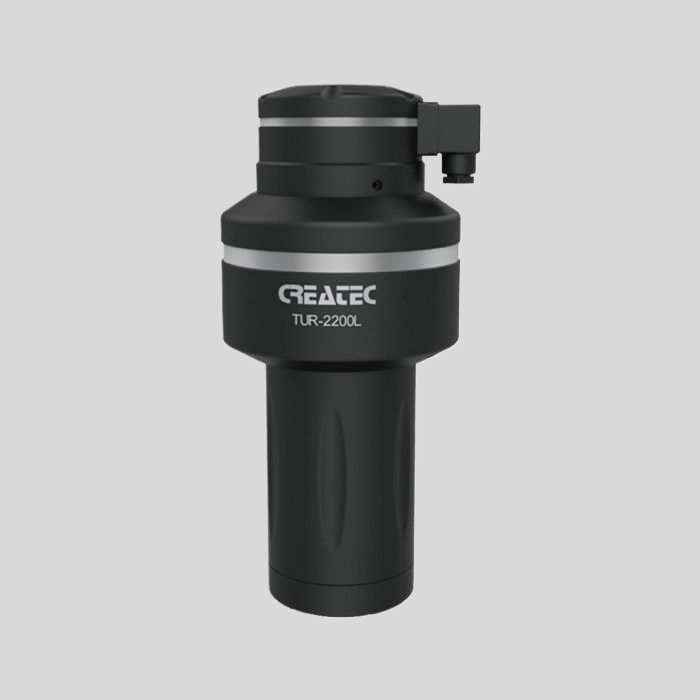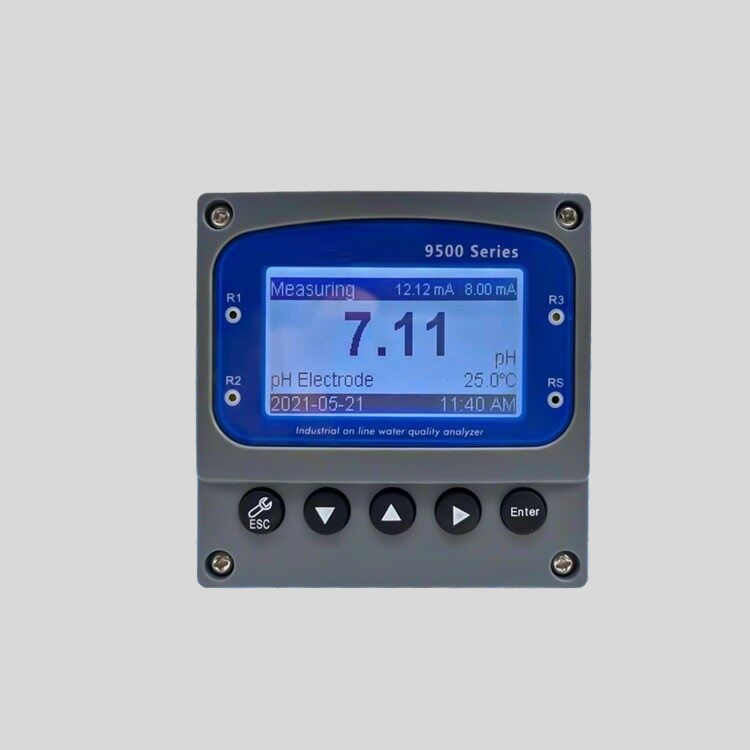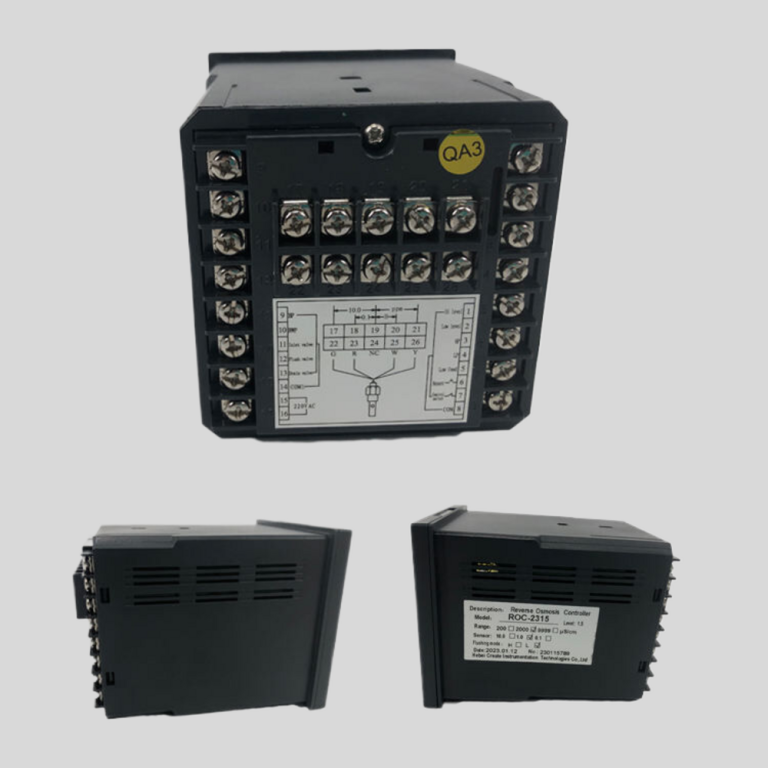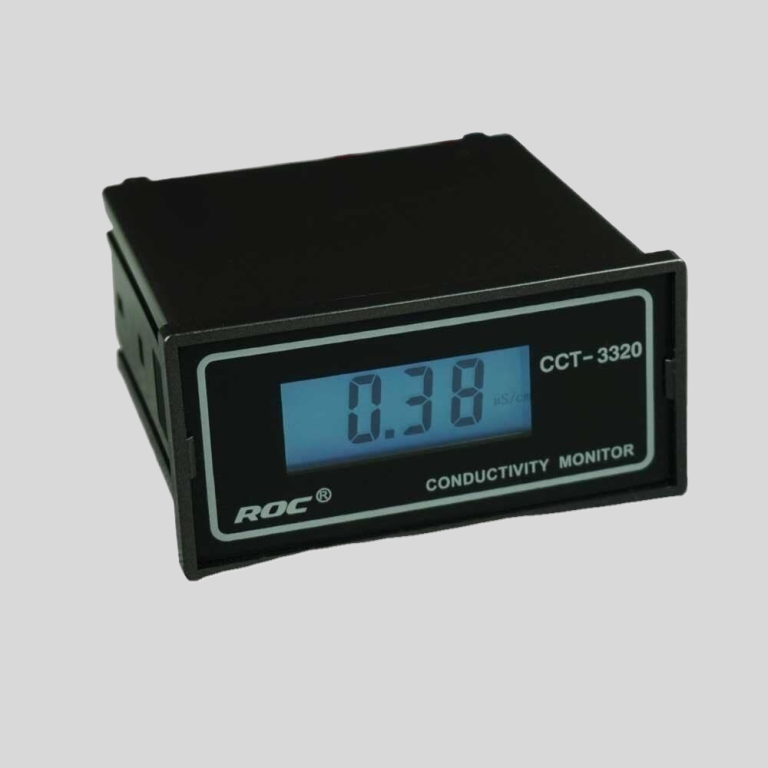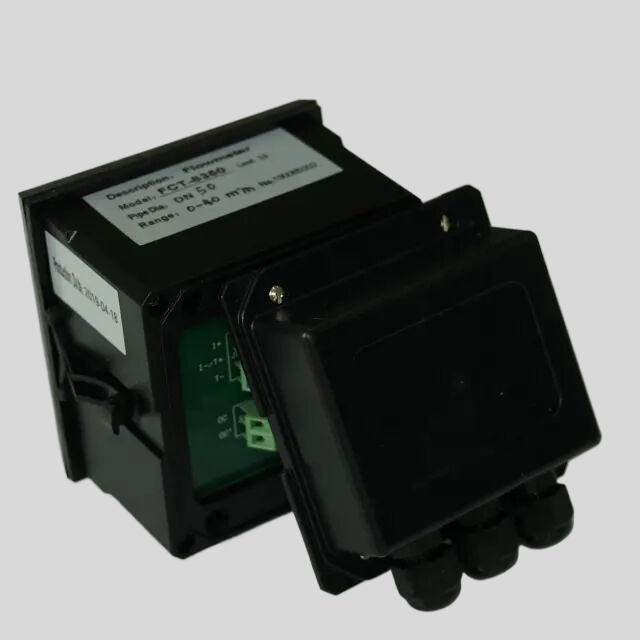The Importance of Water Quality Measurement Tools
Water quality is a critical aspect of environmental health and human well-being. The quality of water can have a significant impact on ecosystems, public health, and economic development. Monitoring and measuring water quality is essential to ensure that water resources are safe for consumption and support healthy aquatic ecosystems.
There are various tools and techniques available for measuring water quality, each with its own advantages and limitations. These tools range from simple field tests to sophisticated laboratory equipment. The choice of measurement tool depends on the specific parameters being monitored, the level of accuracy required, and the resources available.
One of the most commonly used tools for measuring water quality is a water quality meter. These meters are portable devices that can measure a range of parameters such as pH, dissolved oxygen, conductivity, turbidity, and temperature. Water quality meters are easy to use and provide real-time data, making them ideal for field monitoring and rapid assessment of water quality.
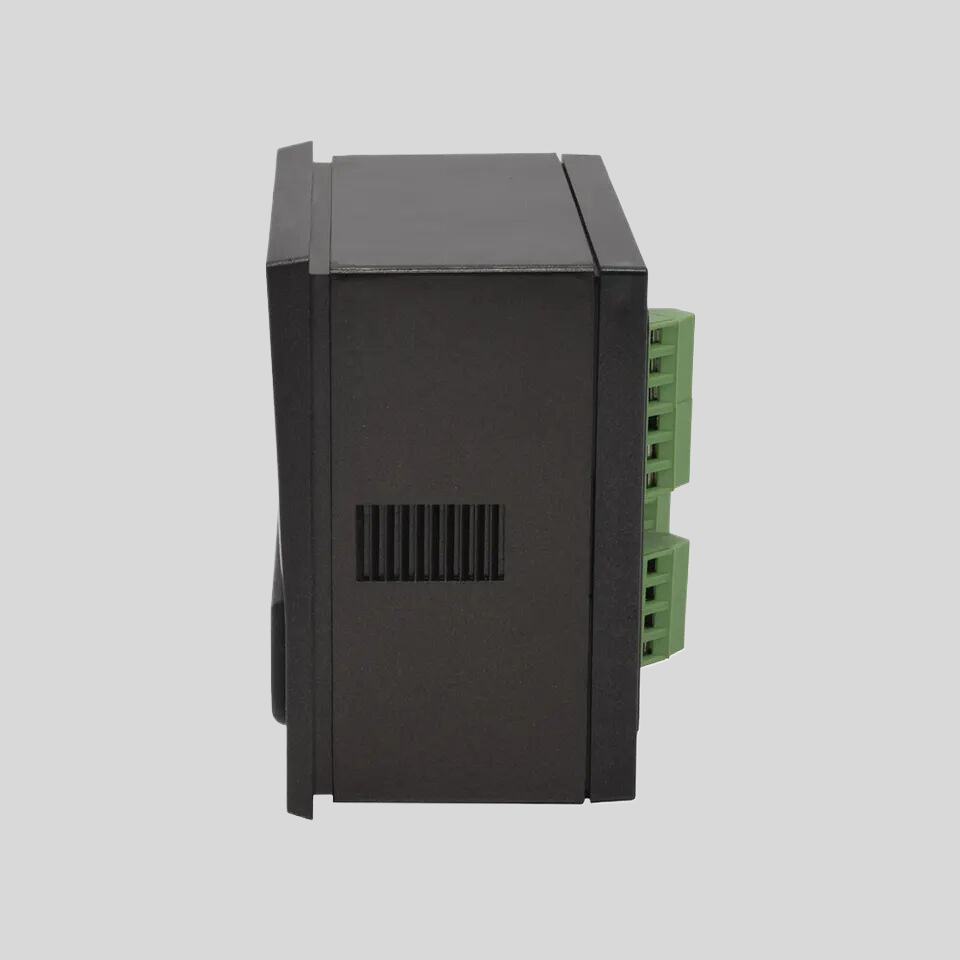
Another important tool for measuring water quality is a water sampling kit. These kits typically include containers for collecting water samples, as well as reagents and equipment for analyzing the samples in a laboratory. Water sampling kits are essential for monitoring a wide range of parameters, including nutrients, metals, pesticides, and bacteria. Proper sampling techniques are crucial to ensure accurate and reliable results.
| Product name | pH/ORP-8500A transmitter controller | ||
| Measurement parameter | Measurement Range | Resolution ratio | Accuracy |
| pH | 0.00~14.00 | 0.01 | ±0.1 |
| ORP | (-1999~+1999)mV | 1mV | ±5mV(Electric meter) |
| Temperature | (0.0~100.0)℃ | 0.1℃ | ±0.5℃ |
| Temperature range of Tested solution | (0.0~100.0)℃ | ||
| Temperature component | NTC10K thermal element | ||
| (4~20)mA Current output | Channel No. | 2 channels | |
| Technical characteristics | Isolated, fully adjustable, reverse, | ||
| configurable, instrument / transmitting dual mode | |||
| Loop resistance | 400Ω(Max),DC 24V | ||
| Transmission accuracy | ±0.1mA | ||
| Control contact | Channel NO. | 3 Channels | |
| Electric contact | Semiconductor photoelectric switch | ||
| Programmable | Each channel can be programmed and point to (temperature, pH/ORP, time) | ||
| Technical characteristics | Presetting of normally open /normally closed state / pulse /PID regulation | ||
| Load capacity | 50mA(Max)AC/DC 30V | ||
| Data communication | MODBUS, RS485 standard protocol | ||
| Working power supply | DC 24V±4V | ||
| Overall power consumption | <5.5W | ||
| Working environment | Temperature: (0~50) ℃ | ||
| Relative humidity: ≤ 85%RH (non condensing) | |||
| Storage environment | Temperature: (-20~60) ℃ | ||
| Relative humidity: ≤ 85%RH (non condensing) | |||
| Protection level | IP65 (with back cover) | ||
| Shape size | 96mm×96 mm×94mm (H×W×D) | ||
| Opening size | 91mm×91mm(H×W) | ||
| Fixed mode | Panel mounting type quick fixed | ||
In addition to meters and sampling kits, there are also specialized tools for measuring specific water quality parameters. For example, spectrophotometers are used to measure the concentration of specific chemicals in water, such as nutrients or contaminants. Fluorometers can detect the presence of organic matter or pollutants in water by measuring fluorescence. These specialized tools are often used in research and regulatory monitoring programs to provide detailed information on water quality.
| Model | FL-9900 Paddle Wheel flow meter |
| Range | Flow Speed:0.5-5 m/s |
| Instantaneous Flow:0-2000m3/h | |
| Accuracy | Level 2 |
| Temp. Comp. | Automatic temperature compensation |
| Oper. Temp. | Normal 0~60℃; High temp 0~100℃ |
| Sensor | Paddle Wheel Sensor |
| Pipeline | DN20-DN300 |
| Communication | 4-20mA output/RS485 |
| Control | Instantaneous Flow High/Low alarm |
| Load Current 5A(Max) | |
| Power | 220V/110V/24V |
| Working Environment | Ambient temperature:0~50℃ |
| Relative humidity≤85% | |
| Dimensions | 96×96×72mm(H×W×L) |
| Hole Size | 92×92mm(H×W) |
| Installation Mode | Embedded |

Remote sensing technology is another valuable tool for monitoring water quality. Remote sensing uses satellites or drones to collect data on water quality parameters such as chlorophyll concentration, turbidity, and temperature. This technology allows for large-scale monitoring of water bodies and can provide valuable information on trends and changes in water quality over time.
In recent years, advances in sensor technology have led to the development of autonomous water quality monitoring systems. These systems use sensors to continuously monitor water quality parameters and transmit data in real-time to a central database. Autonomous monitoring systems are particularly useful for long-term monitoring of water quality in remote or inaccessible locations.
Overall, the importance of water quality measurement tools cannot be overstated. Accurate and reliable data on water quality is essential for making informed decisions about water resource management, pollution control, and public health protection. By using a combination of tools and techniques, scientists, regulators, and water managers can effectively monitor and protect our precious water resources. Investing in water quality measurement tools is crucial for ensuring the sustainability of our water systems and the health of our communities.

